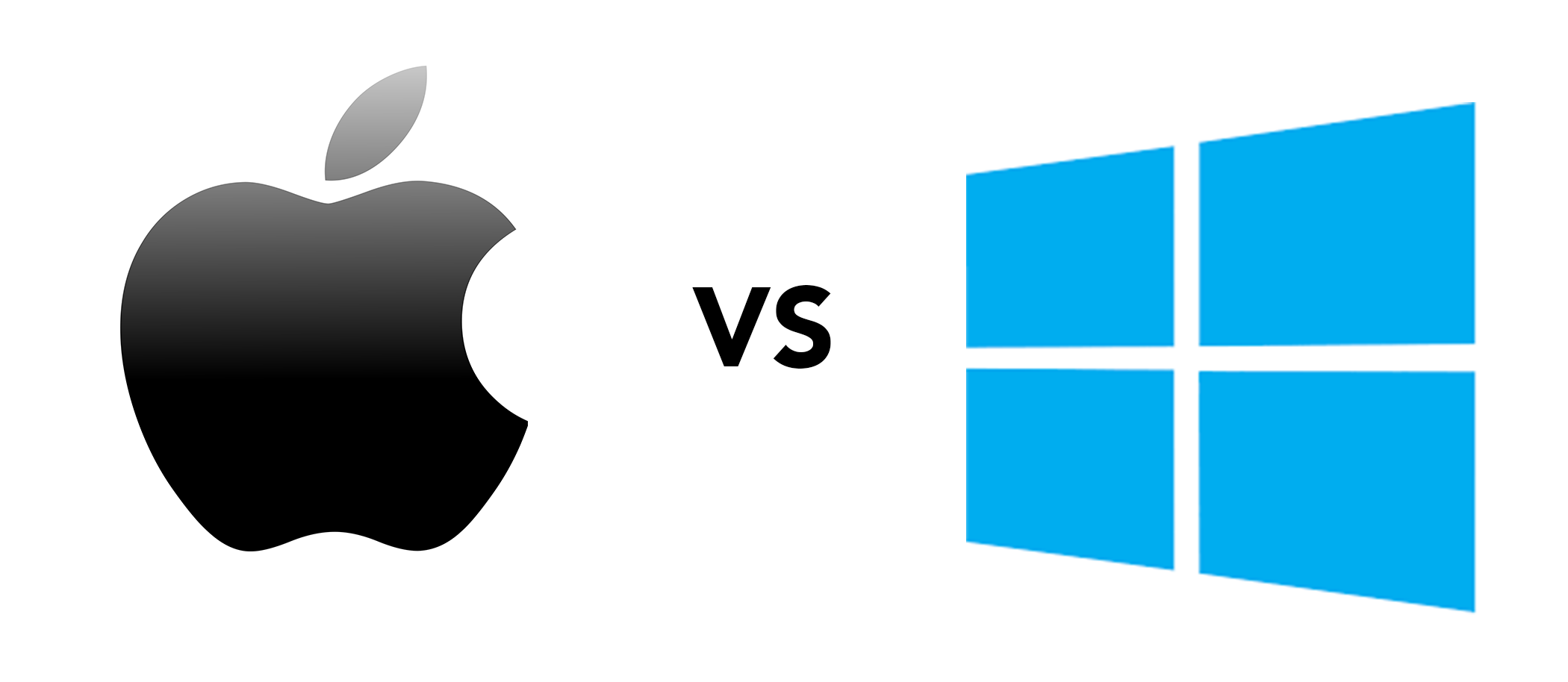

- #MAC FOLDER ICONS FOR WINDOWS 10 HOW TO#
- #MAC FOLDER ICONS FOR WINDOWS 10 MAC OS#
- #MAC FOLDER ICONS FOR WINDOWS 10 WINDOWS 10#
- #MAC FOLDER ICONS FOR WINDOWS 10 ZIP#
- #MAC FOLDER ICONS FOR WINDOWS 10 DOWNLOAD#
#MAC FOLDER ICONS FOR WINDOWS 10 MAC OS#
As soon as you click the Ok button, Windows will apply the mac os cursors in Windows 10. Select “ macOS Sierra 200” from the Scheme dropdown menu.Click on the “ Additional mouse options” link.To apply mac os cursors in Windows, open the Settings app.You’ve installed the mac cursors in Windows.If you see a UAC (User Access Control) prompt, click “ Yes“.Right-click on the “Install.inf” file and select “ Install“.
#MAC FOLDER ICONS FOR WINDOWS 10 ZIP#
After downloading the zip file, extract the folder in it to the desktop.
#MAC FOLDER ICONS FOR WINDOWS 10 DOWNLOAD#

#MAC FOLDER ICONS FOR WINDOWS 10 HOW TO#
Related: If you are a lefty, here’s how to download and install a left-hand friendly cursor in Windows 10. In this quick and simple post, let me show you the procedure to install the mac mouse cursor in Windows 10.
#MAC FOLDER ICONS FOR WINDOWS 10 WINDOWS 10#
All you have to do is download mac OS Mojave cursor or mac OS high sierra cursor and add them to the Windows 10 pointer styles. If you too like the mac cursor styles, you can install them in Windows 10 and make the Windows cursor look like mac cursor. Oh, and don’t forget to try a Google image search for something like “custom mac folder icons” too.For instance, compared to the regular pointer cursor, I really like the gloved pointer in macOS. Now you can customize your folders as desired. That’s a bit tricky, so I’ll leave that as an exercise for you, the reader! Now, for bonus points, you might consider using some photo editing skills to create a hybrid icon that has the image you like superimposed over a standard folder icon. Open up a Finder window and make the icons nice and big and you’ll see what you’ve produced: Now go back to the Get Info window, click once to choose the boring old folder icon, and use Command-V to paste the new image over the folder icon. Choose that and you’re done with the Web browser. What you seek is as highlighted above: “ Copy Image“. This example is from within Google Chrome, different Web browsers have different options on this menu. Once you’re looking at the photo you want for your folder, Option-Click on it to bring up the image context menu: If so, find another version of the image or a different image, there’s no easy workaround. Click on that and the image opens up in its own tab, nice and big.Ĭaveat: some sites block Google Image Search so you can see the image in the results view but not as a separate image. Look closely at the options: it’s “ View Image” that you seek. Click on an image to get more info about the photo… Some very sweet cars, no question (though I wouldn’t want to have to drive over speed bumps in some of them!). Here I’ve already done a search for “cool cars”: Leave that window alone now and jump over to your Web browser, to Google Image Search.

Nothing here matters for what we’re doing other than the actual folder icon on the top left. If you’re a keyboard shortcut maven, you can accomplish the same result with Command-I once you’ve selected the folder. Option-Click on the folder and its context menu pops up:Īs highlighted, you want to choose “ Get Info” to reveal the info and properties window for this particular item. By default, the Mac folder icon is pretty dull: I’ll call the folder “Cool Cars!” because, well, they’re cool cars. To demonstrate, let’s create a folder to store all the sports car photos I find online and want to enjoy again and again. Used to be you needed them a specific size and it wouldn’t work with any other dimensions, but now it’s a breeze. Not only that, you don’t have to fuss with sizes and dimensions in the latest iteration of the Mac system, which is a huge improvement. When you navigate to a different folder the desktop icons will flash 2 or 3 times. Yes, you can replace app icons with your own alternatives! There are several reasons for the laptop screen to flicker in windows 10. As your friend demonstrates, however, it turns out that you can absolutely customize any icon in MacOS X, whether it’s a default image - like a folder - or already customized by someone else. Few people notice when they’re installing applications on their Mac system that developers are about the only people who seem to customize their icons, whether a folder, application or data file.


 0 kommentar(er)
0 kommentar(er)
